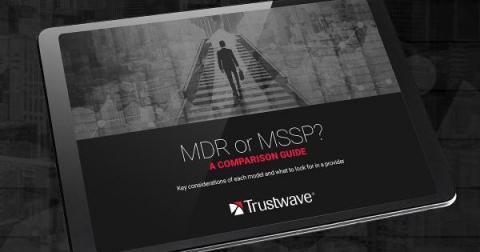MDR and MSS Are No Longer 'Nice to Have' For Cyber Resilience, They're Mandatory
In today’s evolving threat landscape, the decision of whether to bring in external talent expertise is no longer optional. During the 2021 Gartner Security and Risk Management Summit, we heard other facts and figures that aligned with the needs of our customers and of the market. At the summit, Gartner analysts noted that organizations must have partnerships with MSS/MDR providers and security consulting firms if security is to enable corporate business objectives.




